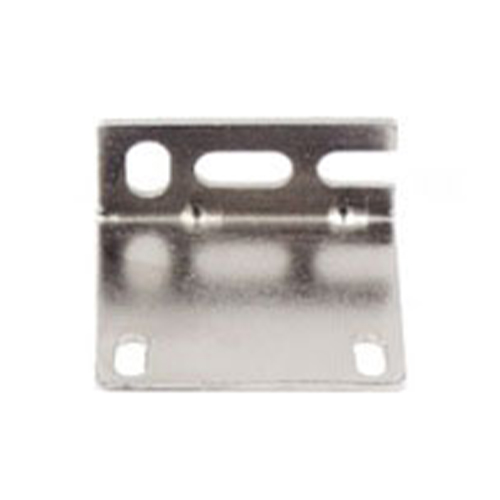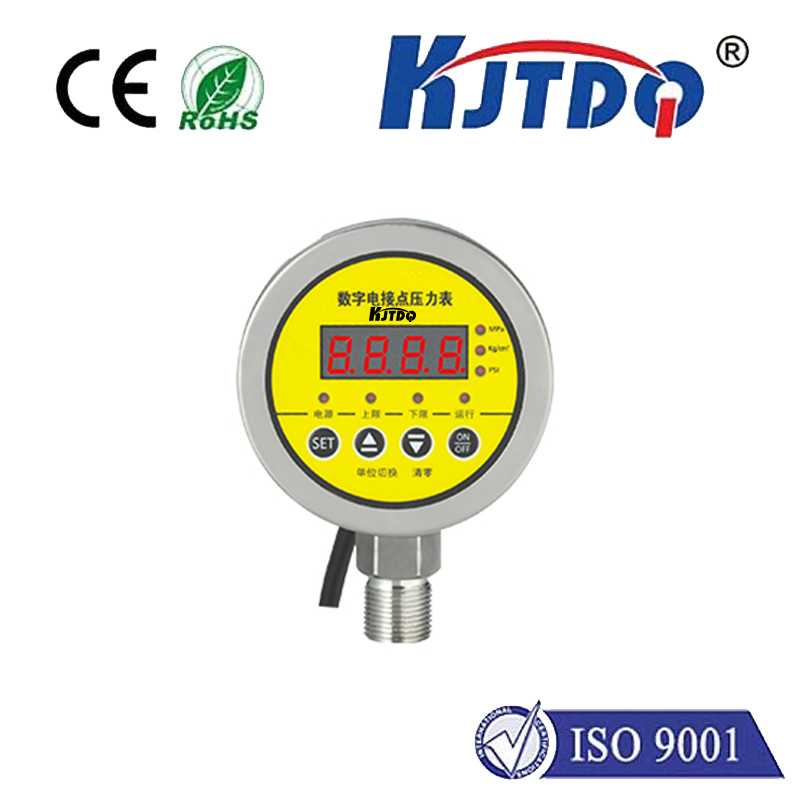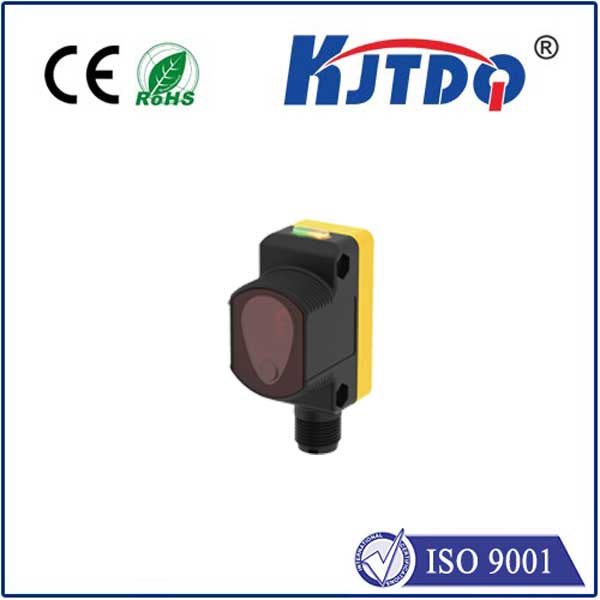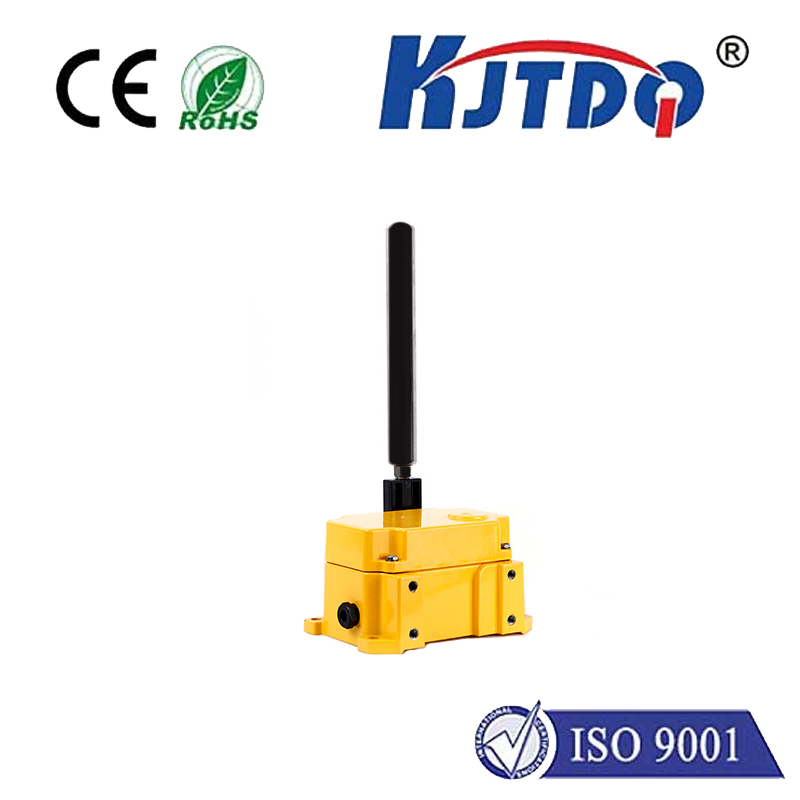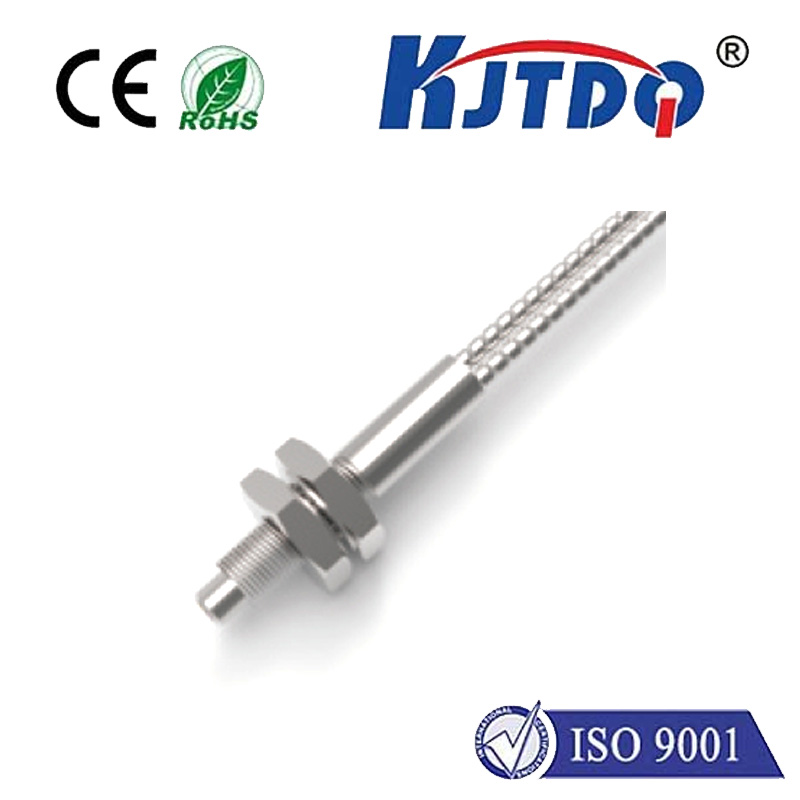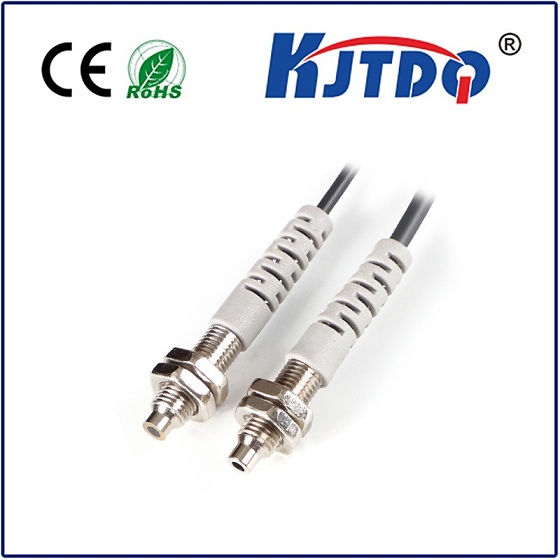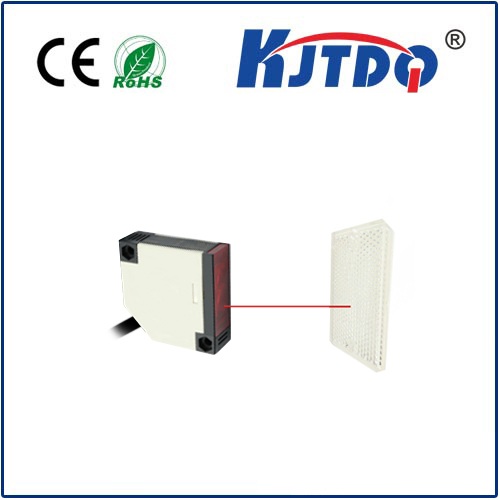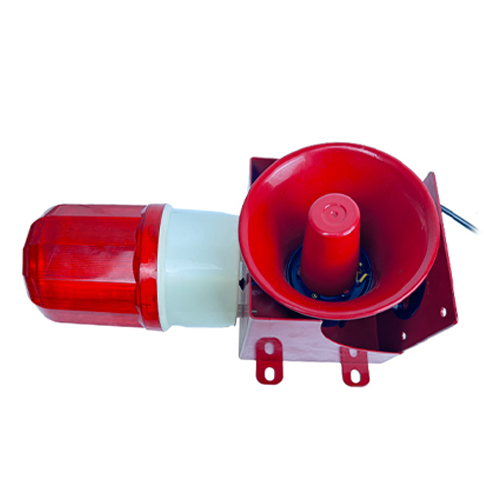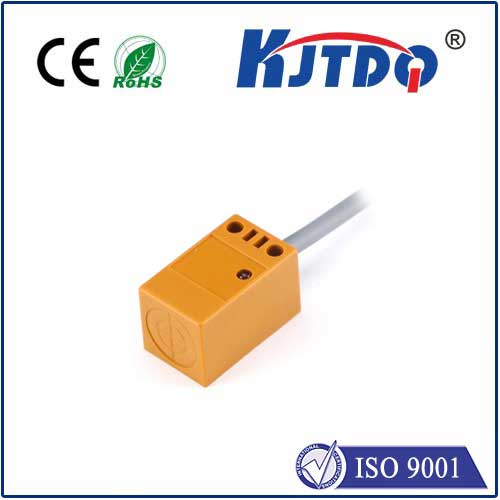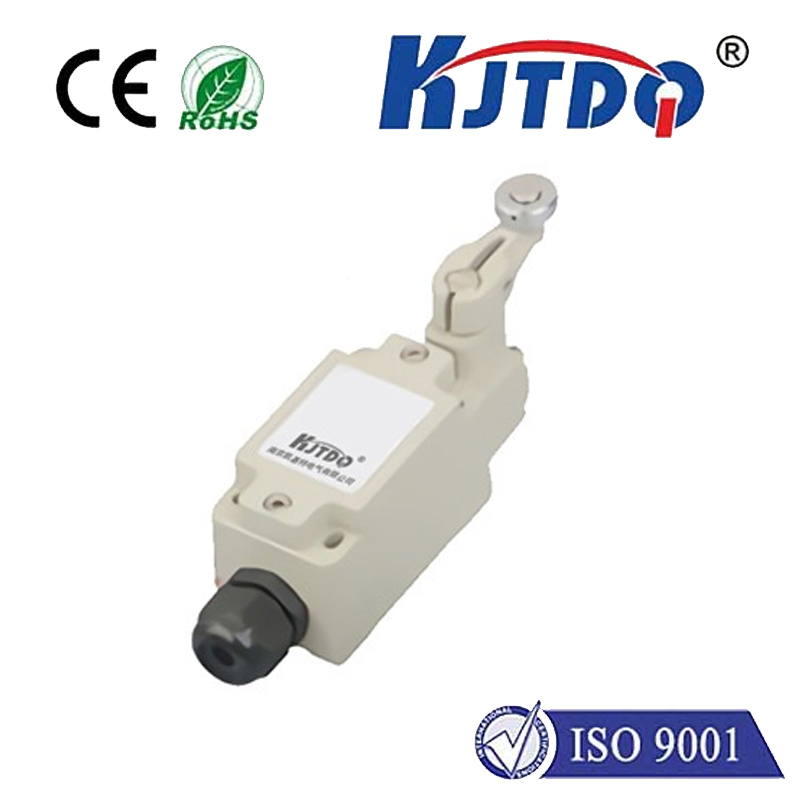

check

check

check

check
Radar Temperature Sensor: Precision, Speed, and Reliability in Modern Applications
In today’s fast-paced industrial and technological landscape, the demand for accurate, real-time temperature monitoring has never been greater. Among the various sensing technologies available, the radar temperature sensor stands out as a powerful tool that combines the principles of radar with temperature detection, offering a unique blend of precision, speed, and reliability. This article explores the fundamentals of radar temperature sensors, their working principle, applications, and how they are shaping the future of temperature monitoring.
A radar temperature sensor operates by emitting electromagnetic waves and measuring the reflected signal to determine the temperature of a surface or object. Unlike traditional thermometers, which often require direct contact or a long response time, radar sensors can detect temperature changes without physical contact, making them ideal for use in harsh environments or for non-contact measurements. The key to their effectiveness lies in the ability to measure temperature based on the speed of thermal radiation, which is influenced by the object’s temperature.

The working principle of a radar temperature sensor involves several critical components. First, the sensor emits a microwave signal, which travels through the air and reflects off a target. The reflected signal is then received by the sensor, and the time it takes for the signal to return is used to calculate the temperature of the target. This process is based on the Stefan-Boltzmann law, which states that the power radiated by a black body is proportional to the fourth power of its temperature. By analyzing the reflected signal, the sensor can determine the temperature with high accuracy.
One of the most significant advantages of radar temperature sensors is their speed. Traditional methods of temperature measurement, such as thermocouples or infrared sensors, can be slow and require calibration. In contrast, radar temperature sensors can provide real-time data, making them invaluable in applications where quick responses are essential. This is particularly important in industries such as manufacturing, where temperature control is crucial for maintaining product quality and efficiency.
Another key benefit of radar temperature sensors is their versatility. They can be used in a wide range of environments, from industrial settings to aerospace and automotive applications. For example, in the automotive industry, radar temperature sensors are used to monitor the temperature of engine components, ensuring optimal performance and preventing overheating. In the aerospace sector, they are employed to monitor the temperature of aircraft components during flight, providing critical data for safety and maintenance.
The integration of radar temperature sensors into modern systems has also been driven by advancements in microelectronics and signal processing. These sensors are often designed with compact and durable housings, allowing them to operate in extreme conditions. Their ability to function without physical contact makes them suitable for use in environments where traditional sensors may be impractical or damage-prone.
As industries continue to evolve, the role of radar temperature sensors is becoming increasingly important. Their ability to provide real-time, non-contact temperature measurements is revolutionizing how temperature data is collected and analyzed. From industrial automation to smart manufacturing, radar temperature sensors are playing a pivotal role in enhancing efficiency, safety, and precision.
In summary, the radar temperature sensor represents a significant advancement in temperature monitoring technology. With its unique combination of speed, accuracy, and versatility, it is proving to be an indispensable tool in a variety of applications. As technology continues to progress, the future of temperature sensing is likely to be shaped by innovations in radar-based systems, making them even more reliable and efficient.
